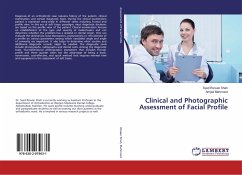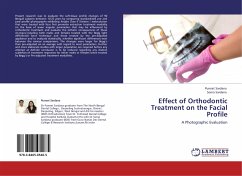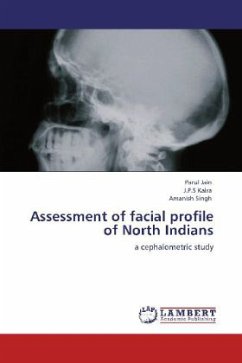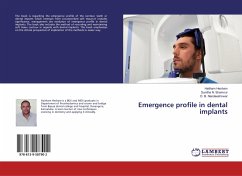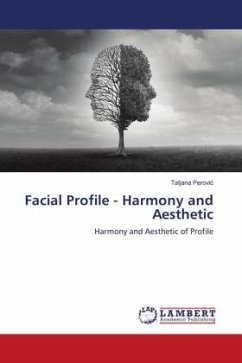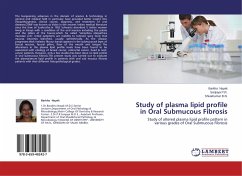Diagnosis of an orthodontic case requires history of the patient, clinical examination and certain diagnostic tools. During the clinical examination patient is examined extra-orally in different views including frontal and profile view. In this era of soft tissue paradigm, most diagnostic decisions are based on the profile view of the patient. Clinical examination focuses on establishment of the type and severity of malocclusion and can determine whether the problem has a skeletal or dental origin. One can evaluate the skeletal jaw base discrepancy, protusiveness or retrusiveness of a profile on various parameters among which nasolabial angle and angle of convexity are important. It also helps to determine what routine and additional diagnostic records might be needed. The diagnostic tools include photographs, radiographs and dental casts. Among the diagnostic tools, two-dimensional photographic assessment that includes frontal, profile and three quarter views has the advantage of being a basic, noninvasive, cost-effective, and quick method that requires minimal time and equipment in the assessment of soft tissue.
Bitte wählen Sie Ihr Anliegen aus.
Rechnungen
Retourenschein anfordern
Bestellstatus
Storno

